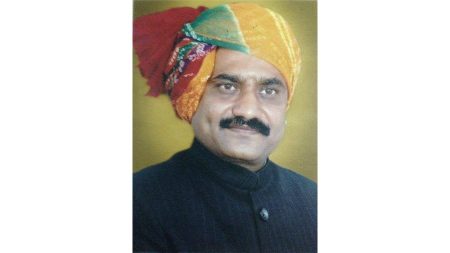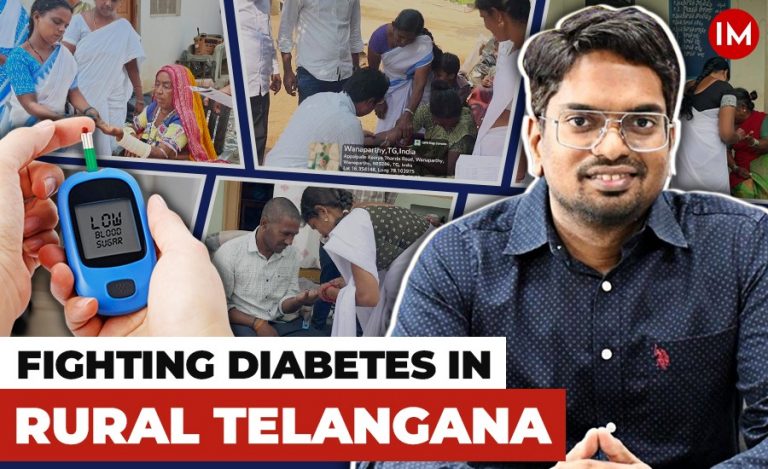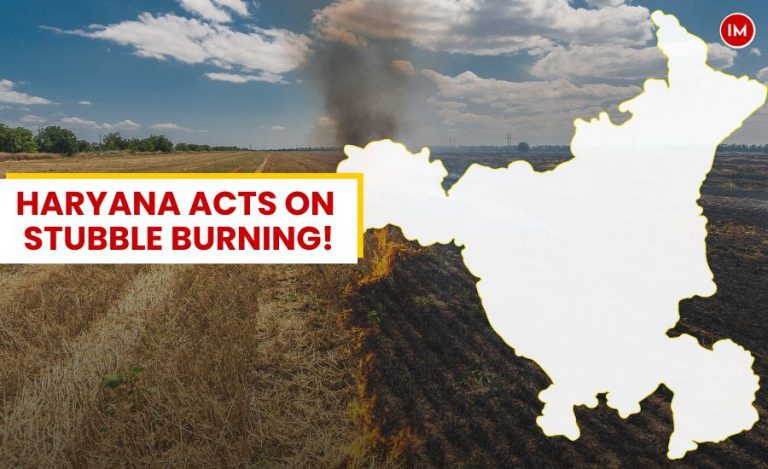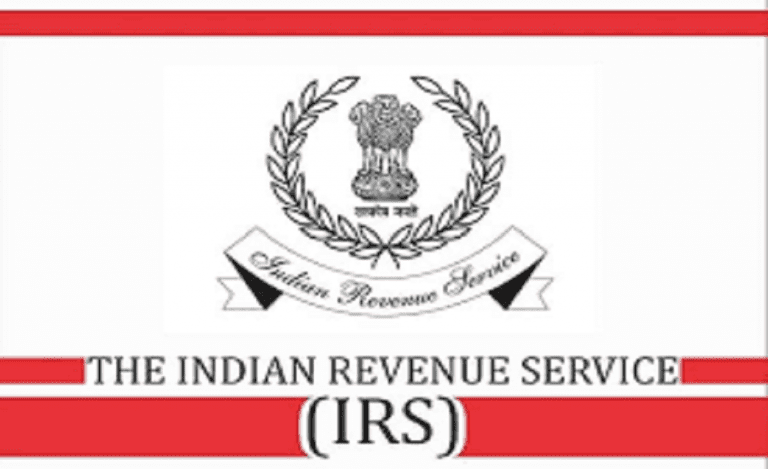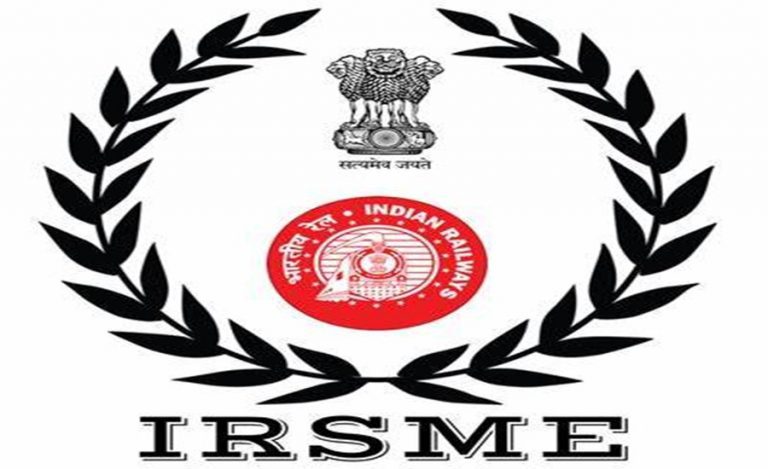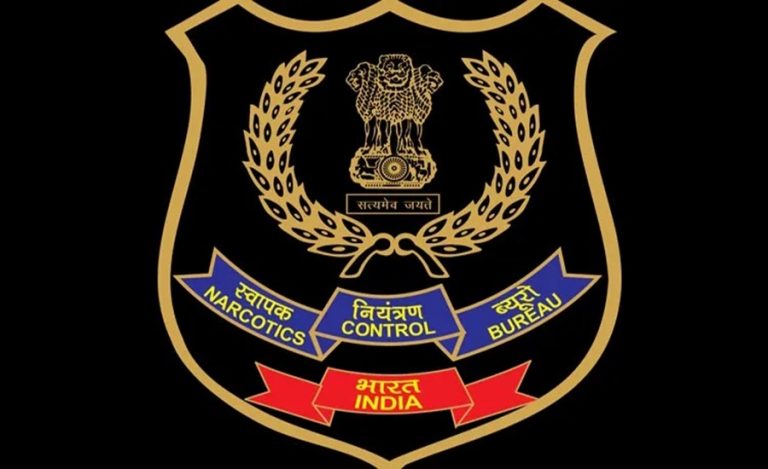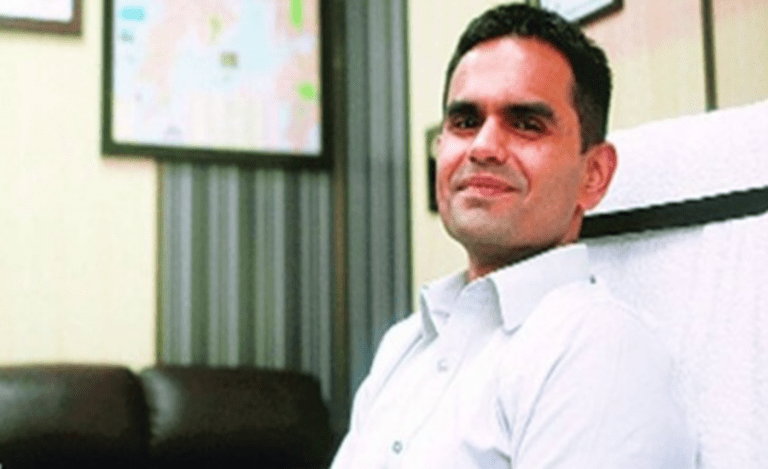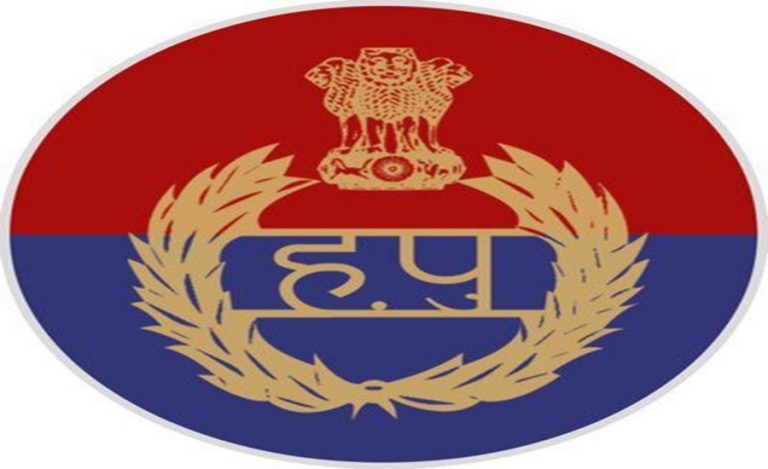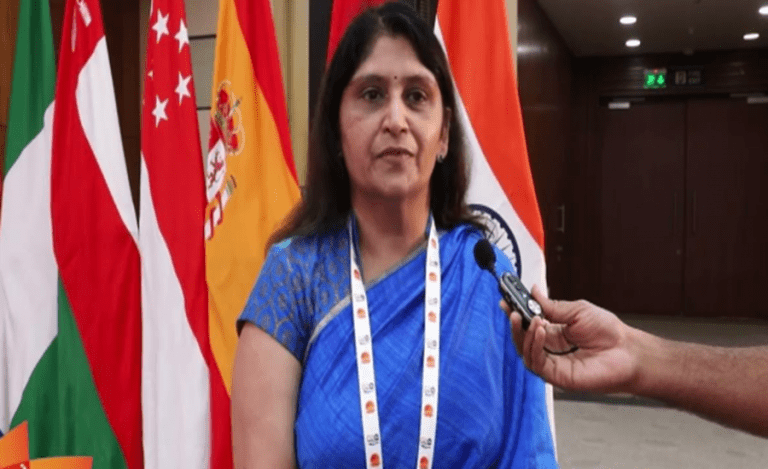Once a dry and barren district, Dewas in Madhya Pradesh has now 16,000 ponds spread across 60-80 acres of land and over 1,000 farmers earning more than Rs 25 lakhs a year. Nothing short of a miracle! How did this big transformation come about? To know about it, Indian Masterminds takes a look at the officer behind the change, Umakant Umrao, IAS, whose sustained efforts coupled with a business mind brought about this turnaround.
THE GREEN TRANSFORMATION
Back in 2006, when IAS officer Umakant Umrao became the DM of Dewas district in Madhya Pradesh, there was a demand from some farmers that they are unable to get loan from the banks to get ponds constructed for provision of water. Dewas is recognised as a drought-prone area. Farmers there were waiting for a miracle to take place, and the miracle came in the form of IAS officer Umakant Umrao!
While speaking to media, Mr. Umrao had said that he had many plans in his mind when he went to Dewas with regard to the health and education sectors, but on arrival, he found a much bigger problem that the farmers were facing. “The area had been experiencing rain deficit for the last three years. In all formal to informal meetings, I had in the first week, everyone pointed out the issue of the lack of water. Dewas was perhaps the first district in India where water was brought in a train.”
THE DEWAS MODEL
Being a graduate in civil engineering from IIT-Roorkee, Mr. Umrao planned the transformation from a business perspective. “For a long time, water conservation has been approached from a perspective of civic duty. I wanted to give it a little twist by bringing forth the angle of a business model for farmers. That’s why we rejected any slogan on the lines of ‘Jal Bachao Jivan Bachao’ and instead introduced ‘Jal Bachao Labh Kamao’, he said.
The main idea of the officer was to develop an economically viable model for the large-scale farmers who could invest in building a pond in only 10th to 20th part of their farmland. This will also help the small farmers in the long run.
“Big farmers usually use 90 per cent of the water available in a region, and to motivate them to recharge the ground level through these ponds is one of the swiftest methods of conserving water. It also works like a natural cycle of social justice, where they give back to the region what they had used for years. Also, these farmers with bigger land holdings were in a better position to invest in building ponds and become role models to smaller and marginal farmers,” he said.
THE CHALLENGES
The officer started the Dewas model with the help of 40 farmers. However, there were many challenges that he faced while working on the model.
The officer had spoken to the media about how he had sent a farmer to a bank for a loan. But he was thrown out and insulted. After this incident, Mr. Umrao intervened and was told that no bank in the country had, until then, offered loans for digging ponds.
Finally, another bank agreed but at a prime lending rate of 17-18 per cent. The farmer agreed, and in a few years, not only did he pay it all off, but his income grew from a few thousand to almost Rs. 40 lakh a year.
Mr. Umrao added, “Digging for the smallest pond (minimum half a bigha) would be an investment of about Rs 1.5 lakh or Rs 2 lakh.”
SUCCESS
The success story of Dewas motivated farmers of other districts of MP like Vidisha, Ratlam, Mandsaur, Ujjaina and Raisen to adopt the same model to end water scarcity. Not only farmers but the banks also started giving loans to small farmers, and that too at lower rates.
More than 16,000 ponds are now spread across 60-80 acres of land in Dewas, and over 1,000 farmers are earning more than Rs 25 lakhs a year. Dewas has witnessed a 20-fold increase in irrigated land – from a mere 18,000 hectares to more than 4 lakh hectares.
“Now, when you enter the villages in the area, it’s a surprising sight to behold. From thousands of functional tube wells, pucca houses to expensive cars, these villages are filled with signs of prosperity,” said Mr. Umrao.

